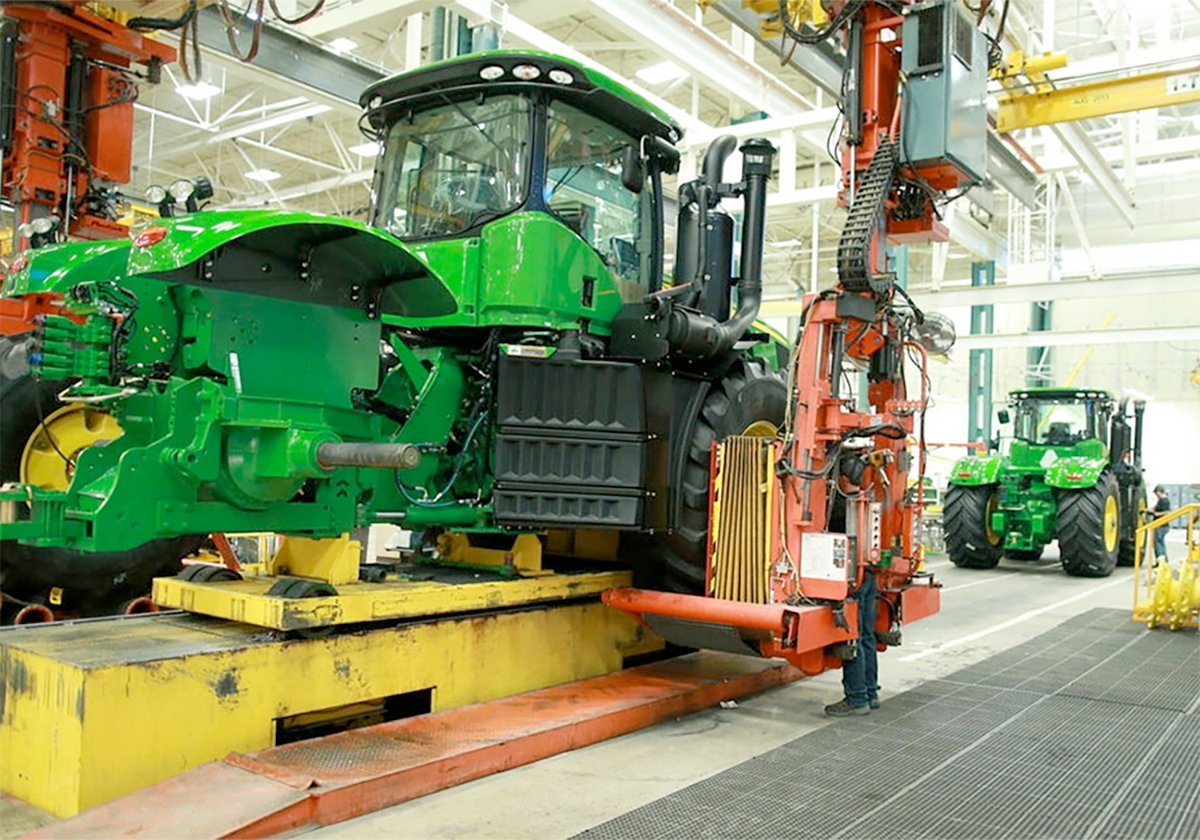EIGHTY years of covering agriculture – it has been quite a ride for the Western Producer and those involved in the vast subject it covers.
As we reflect on this newspaper’s history, it is gratifying to affirm that the Producer has maintained the vision of its founders. Consider this note from the minutes of an editorial board meeting in May 1924, about nine months after the paper began: “It was mutually agreed that the paper and its editors should be as free as possible to take an absolutely independent stand on any public issue – provincial or national – having regard only for the best agricultural interests in this province.”
Read Also

Trump’s trade policies take their toll on Canadian producers
U.S. trade policy as dictated by president Donald Trump is hurting Canadian farmers in a multitude of ways.
Saskatchewan was the province referred to then, and over time the paper expanded its reach to represent primarily the three prairie provinces. Yet the statements about an independent stand and regard for the best agricultural interests remain cornerstones for the Producer today.
The first editorial in The Progressive, which was later renamed the Western Producer, had this to say on Aug. 27, 1923: “It is essential, if progress is to be maintained, that the business of supplying news and attempting to supply ideas to the people of Western Canada should not fall permanently into the hands of one or two great commercial corporations, the directors of which are unknown to the people, and the policies of which may sometimes be dictated by motives foreign to the welfare of the agricultural population.”
This newspaper has always been for and about farmers and ranchers. The merits of its content continue to be judged against the standard of how important or useful or interesting it will be to our readers – the people who drive the western Canadian economy and who play an integral part in feeding their country and the world.
Having a weekly place in the homes of farm families – on the kitchen table, desk or “library” – cannot be taken for granted. The newspaper has earned that pride of place through 80 years of reliable news reporting.
We were there with farmers when the prairie wheat pools were formed. “The Alberta Pool Campaign Now Forging Ahead Rapidly,” read the first issue. “Marketing Saskatchewan’s Wheat By The Sapiro Plan,” read another headline on the front page, detailing the system that led to Saskatchewan Wheat Pool formation.
This paper was there to explain the specifics of agricultural mechanization. A 1929 series examining the advantages of combines over traditional threshing is an early example. That has been followed over the years by coverage of evolving tillage techniques, fertilizer and chemical applications and various agronomic practices through to zero tillage and global positioning systems.
The paper was with farmers through the Dirty Thirties, treks to Ottawa, changes in government policy and the evolution of grain transportation and marketing. It was there during the development of the western Canadian livestock industry, providing information on production, breeding, animal health, agricultural research, farm diversification and rural life.
It has strived to acknowledge farming as a way of life as well as a business, and acknowledge the range of people involved in agriculture by providing diverse information so each issue might have something of interest for every member of the farm family.
In the course of 80 years, one could say the Producer has been with farm families through thick and thin, and many of those families have responded by thinking of the paper as a friend.
The Producer has tried to be the kind of friend that will provide the facts so people can make their own decisions; the kind that will listen (and publish) other opinions that inform debate on agricultural topics.
We want to be the kind of friend that has the courage to criticize when criticism is warranted and to tell the truth without sugar coating; the kind that tells the good and the bad, knowing its friends want to hear it all and assess it for themselves.
We want to be the kind of friend that can be relied upon in times of triumph and in times of crisis. And we want to be the kind of friend that is open to criticism and willing to accept suggestions and advice.
We want to be the kind of friend that never forgets its roots and appreciates the foundations on which agriculture and this paper are built.
Yes, it’s been quite a ride for the Producer and for its friends.
The journey continues.














